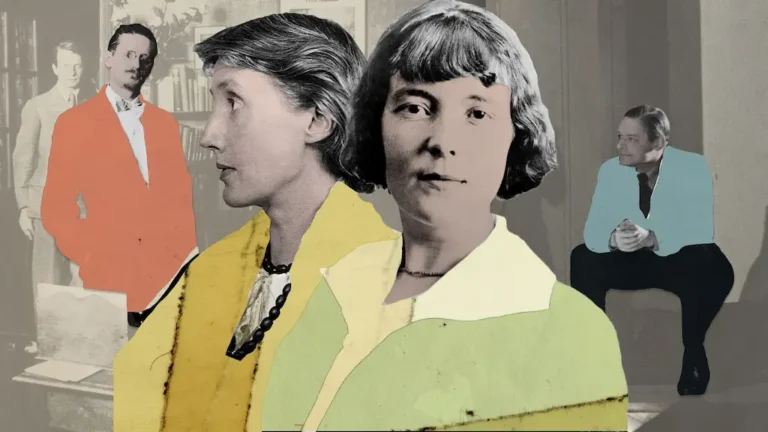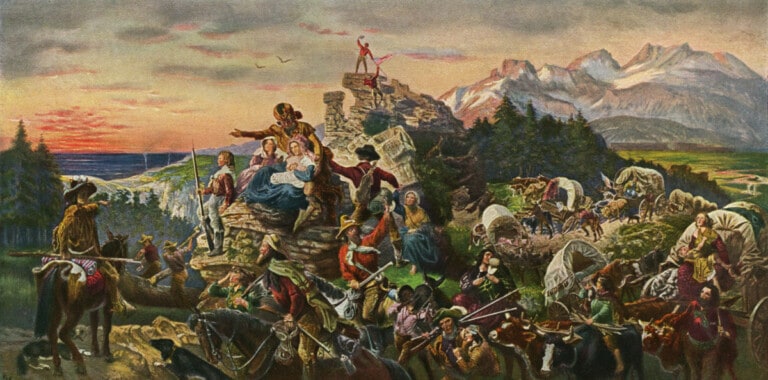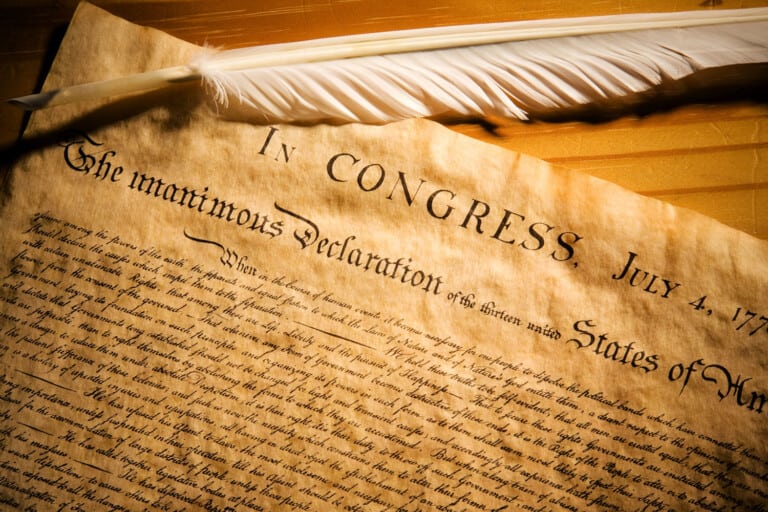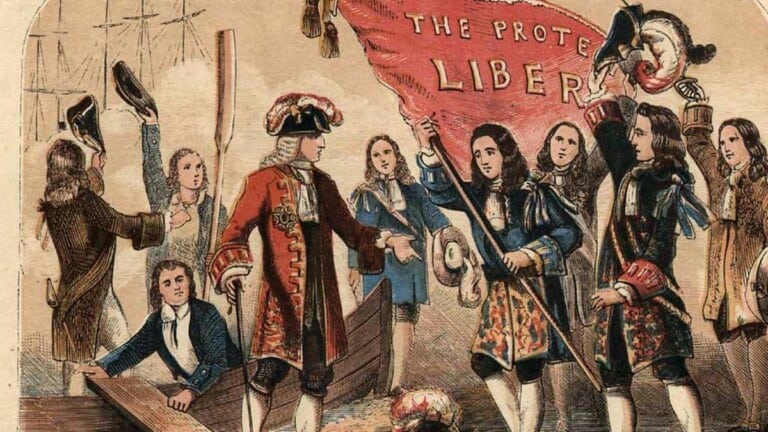The Victorian Period: 1832-1900
The Victorian Period took place during the long reign of Queen Victoria (1837-1901). Great Britain was then the first industrial, cultural and economic nation, with a thriving economy. It was a time of social and political stability and the colonies were a huge market for British products. The British population rose from 2 million people to 6.5 million people. The Great Exhibition of 1851 was a demonstration of British power.
Yet, some social problems arose: trade unions were forbidden and this led to riots. The “Corn Laws” were used to keep the price of bread high. There was pauperism too: in 1864, the Poor Law Amendment Act was introduced to solve the problem of poverty with workhouses.
The Victorian Period was the age of two extremes: the poor working class and the middle classes, rich and comfortable. It was a 2-standard society. It was also an age marked by scientific and economic confidence and social and spiritual pessimism. Some great debates took place: intellectual activity and questioning on varied themes such as justice, liberty and progress. In 1859, Charles Darwin published “On the Origin of Species by Means of Natural Selection”.
The Mid-Victorian society is still held together by Christian moral teachings. The stress was on the virtues of family life. Some saw the family as an agent of oppression, as an efficient means to maintain uniformity in society. It was also the time of the first real moves of the modern women’s movement. Yet, at the same time, there was a great respect for the matronly model provided by Queen Victoria herself: the stereotype of virtuous womanhood.
The 19th Century: the Great Age of the English novel and Gothic novel
With Charles Dickens, a new concern of the society emerged:
- he was a clock (a huge worker)
- his father was imprisoned for debt
- he started working at the factory at 12
Dickens’ life inspired his novels: David Copperfield, Oliver Twist, The Pickwick Papers, and Hard Times. They all revolve around the problems of society and the suffering of children.
He is never pathetic but sometimes humourous and ironic. Dickens’s depiction of the Victorian change of feelings from optimism and confidence at the beginning of Queen Victoria’s reign in 1837 to uncertainty and melancholy thirty years later.




